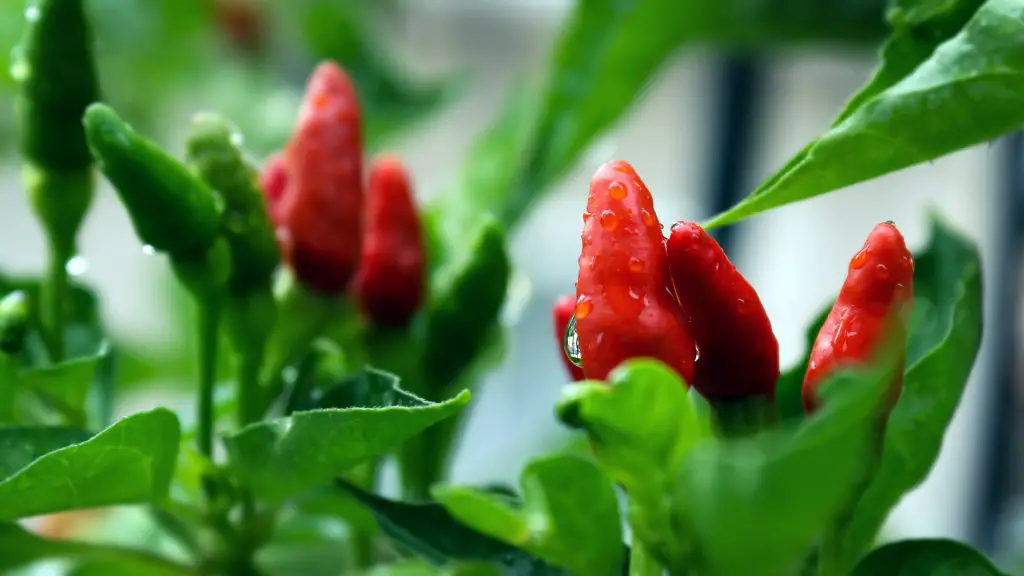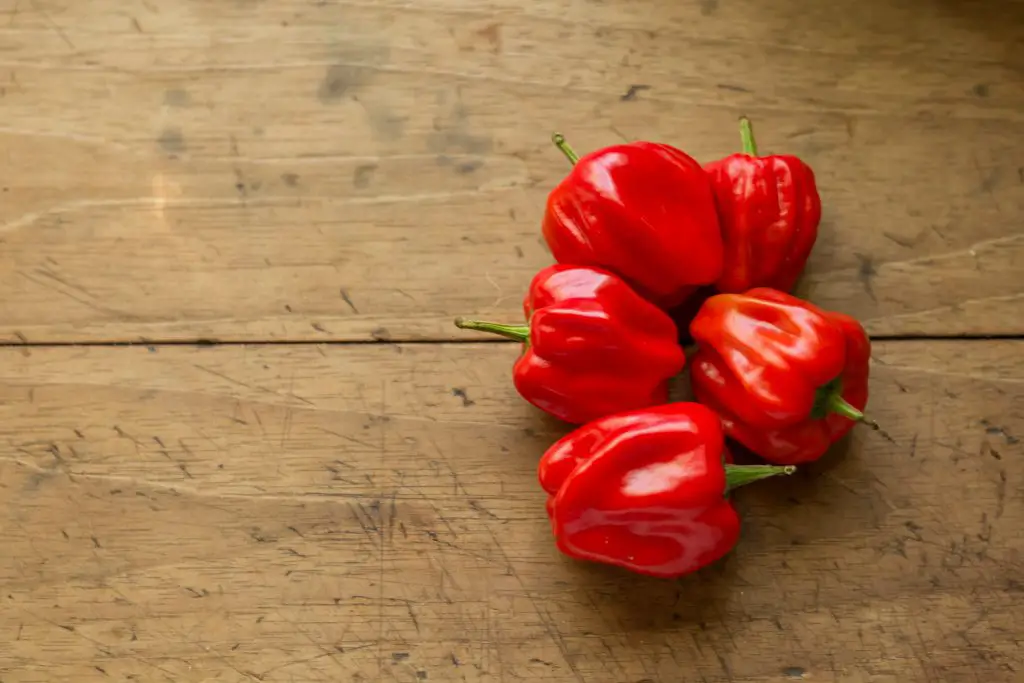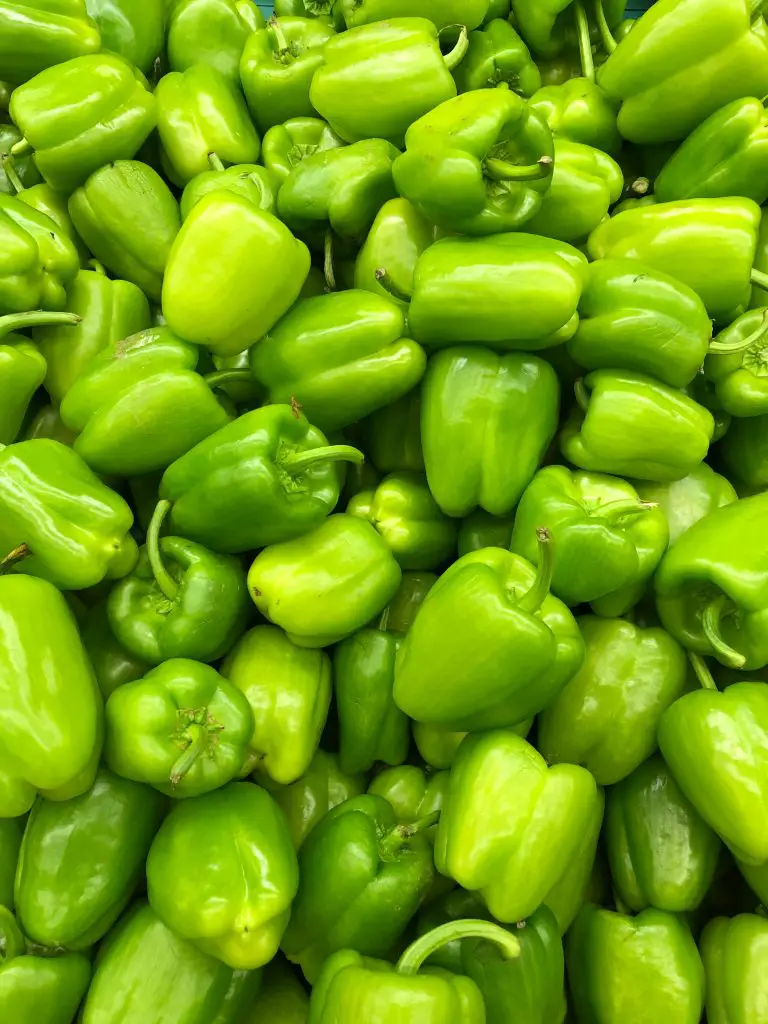Can You Plant Seeds From A Store Bought Bell Pepper? Bell peppers are one of the most popular fruits that you can purchase at the local grocery store. However, have you ever wondered if you can grow your own peppers at home using the seeds from the fruits that you’ve just purchased?
The seeds from bell peppers purchased from that local grocery store can be used to grow your own peppers at home. However, those seeds are likely to come from a hybrid plant which means that there is no guarantee that you will get exactly the same type of fruit on the subsequent plant.
The reason for this is that plants grown using hybrid seeds are genetically unstable. Hybrid seeds are produced by cross-pollinating two different varieties of plants to produce offspring with the desired traits. However, when the seed is taken from that fruit and replant it there is less than a 5% chance that you will produce an identical or at least very similar fruit.
This occurs because additional cross-pollination with other plants needs to occur in order for the fruit to be produced. This second cross-pollination will produce, in most cases, a different fruit. However, as most varieties that are cross-pollinated do produce reasonable fruit by themselves there is still a pretty good chance that you will get reasonable quality fruit.

Why Are Hybrid Seeds Used?
Hybrid seeds are widely used in the commercial production of our fruit and vegetables. There are several reasons for this which include improving appearance, storage life, size and consistency and sometimes the speed of growth. Most of these traits are designed to improve profitability for either the farmer, seed merchant or retailer.
Considerations such as the flavor of the produce are rarely considered as they generally do not impact the profitability for any one of the three parties. The notable exception to this is the widespread use of hybrid corn seed which in most cases has been designed to help the corn retain its sweetness after being picked by slowing the conversion of sugars to starch in the corn kernels.
First-generation hybrid seeds also have the added benefit of an increased yield in the 1st generation. This phenomenon is known as hybrid vigour and is believed to be related to mother nature giving the new genetic variation the best possible chance of surviving.
If you are purchasing seeds most hybrid seeds are designated with the term F1. This term two notes that the seeds are from the first generation. Most experienced gardeners generally do not recommend saving these seeds for subsequent years.
If you want to purchase seeds that can be saved for the following year you can purchase seeds that are referred to as either heirloom or open-pollinated varieties. These seed varieties have the advantage that subsequent generations of plants will have similar properties to the parents.
If you are wanting to purchase specifically Heirloom Seeds I suggest you visit seeds now who are a seed company that specialises in these types of seeds. They have a broad range of varieties on offer for many different vegetables and they are among the cheapest suppliers in the market.
How To Grow Peppers
Bell peppers are generally a relatively easy plant to grow in the right conditions. Like other members of the Solanaceae family which includes tomatoes and eggplants they are frost sensitive and require warm conditions to thrive and will generally not perform well when the average temperatures are below 25°C (77°F).
To optimise your harvest it is recommended that you plant seeds in the spring to take full advantage of the entire growing season. However, for many areas, it means that the seeds need to be started inside because the temperatures at that time of year are too cold.
If you want to make sure that you get seeds off to a really good start I highly recommend purchasing a heated propagation tray. The main advantage of a heated propagation tray compared to just placing a tray and inside is that it is much easier to control the climatic conditions that the plants grow in.
I personally think that this is a really valuable purchase for anyone that lives in a region with relatively cold winters as they will help you to take full advantage of the growing season. The heated propagation tray that we recommend you purchase is the iPower Heating Seed Starter Germination Kit.
The reason we recommend this particular product is because it has a humidity dome which will ensure that the seeds remain in a moist humid environment. Additionally, the unit features a replaceable modular seed tray insert which is important because it will maximize the life of the unit. Click here to see the latest price on Amazon.

How To Plant Pepper Seeds
To plant pepper seeds start by filling the seed tray with a good quality seed raising mixture and planting the seeds at a depth of half an inch (1 cm). If you are using a modular seed tray I recommend that you plant 2 to 3 seeds per cell as this will ensure that you have at least one plant per cell.
The seeds will typically germinate after 7 to 14 days provided that the conditions are warm enough. Pepper seeds generally require germination temperatures that are greater than 15°C (59°F). Once the seedlings appear it is recommended that you thin the seedlings to the strongest ones.
In terms of the number of seeds that you should be planting my general advice is to aim to raise around 50% more seedlings than you think you will need. The reason I advised this is because it will ensure that you have all the plants that you need to fill the space you have in your garden. It will also allow you to replace any plants that have been destroyed by slugs or snails later on.
The seedlings will typically need to spend at least 4 to 6 weeks in the seed tray before they are big enough to plant out into the garden. During this period it is important that you constantly water the plants to ensure that they are moist and do not try out.
How To Plant Pepper Seedlings Into The Garden
Once the seedlings have reached the stage where they are ready to be planted out it is important to select a location in the garden that gets at least 6 to 8 hours of sun per day. When planting them out in the garden they should be spaced approximately 10 inches apart in the garden bed.
The peppers should not be planted out into the garden if the temperature is less than 15°C (59°F). If it is still too cold to plant it outside the seedlings can be potted into a larger pot. This will allow the plant to continue to develop while you’re waiting for the weather to warm up.
When planting into the garden it is also advisable to put snail pellets around the plants on the same day that you plant them to reduce the chances of them being attacked. Additionally, a layer of mulch, 2 to 4 inches, thick should be applied to the soil around the plant to ensure that the soil remains moist. Then water the plant in well.
In terms of soil conditions, pepper plants prefer rich moist but free-draining soil that has plenty of organic matter in it. As the plants are relatively heavy feeders it is advisable to mix some compost into the soil before planting to ensure that they have all the nutrients that they require.

How To Look After Pepper Plants During The Growing Season
Once the pepper plants are out in the garden there is generally not a lot of maintenance required other than regular watering. However, if you live in a climate that has unpredictable weather or relatively cool summers it is advisable to provide the plants with some protection from the weather.
This can be done by either applying a cloche or a row cover to the plant particularly in the early and late parts of the growing season where the weather is generally cooler. This will help maximize the yield that you achieve from the plant because these protections will increase the temperature around the plant accelerating its growth.
Cloches can be made by cutting the bottom off old milk cartons and placing it over the plant. This generally works well in the early part of the season when the plant is small however in the latter part of the season when the plant has reached the full size you will usually need to use a row cover.
Row covers are a really valuable tool if you live in are cool climate because they will allow you to extend the season for a range of heat-loving plants. If you don’t currently own one the one that we would recommend that you purchase is the Growsun Garden Tunnel Plant Cover.
The reason we recommend this particular product is because the row cover is relatively tall which will allow you to house a wider range of plants. Additionally, this model also has hoops that are relatively long which allow them to be anchored deeply into the soil which is important in windy conditions. To see the latest price on Amazon click here.
Harvesting Peppers
In most locations, you will find the peppers will only start to produce fruit towards the end of the summer or even in autumn. The fruit will initially start off as green peppers that will progressively change color depending upon when you choose to harvest.
The peppers can be harvested when they’re green and of a reasonable size or if you choose you can allow them to ripen further, as the peppers change color they will sweeten.
To remove Peppers from the plant it is advisable to use a pair of secateurs rather than try and pull them off by hand as you are likely to damage the fruit because the stems are relatively thick.
I hope you found this post helpful and that you’re able to produce a bumper crop of peppers this season if you have any additional questions please place them in the comments section. Good Luck.
Relevant Articles
Why Are My Pepper Plants Not Growing Peppers?
Capsicum vs Bell Pepper: Are They The Same Thing?
Are Dried Peppers Hotter Than Fresh Ones?

